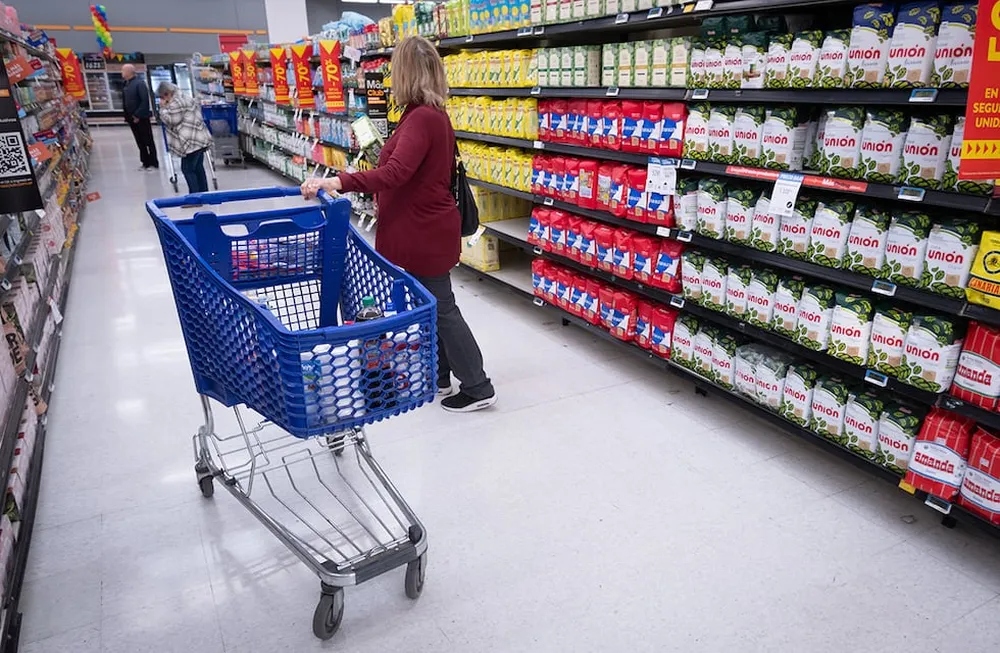May inflation in Buenos Aires: It fell by 2% for the first time in five years, anticipating encouraging national figures.

Inflation in the City of Buenos Aires surprised with a sharp slowdown in May, falling below 2% monthly . Prices increased by only 1.6% monthly, a figure not seen since mid-2020 and which could herald a similar trend nationwide .
The official survey noted that among the factors driving the decline were declines in fresh food—which plays a significant role in the basic food basket—tariffs, and tourism.
The national inflation figure will be released this Thursday and generates positive expectations. The marked slowdown in Buenos Aires reinforces the idea that the overall inflation rate could also show a significant drop, below 2%.
According to the Buenos Aires Institute of Statistics and Census, with this data, the city's CPI has accumulated a 12.9% increase so far this year , while the year-over-year variation was 48.3%. To find a similar figure, we have to go back to July 2020, when it also stood at 1.6%.
Even earlier, in June of that same year it had been 1.4%, and in May it was 1%.
The official report details that Goods increased by an average of 0.8% during the month , while Services saw a larger variation, of 2% . Among the latter, financial services stood out, with a significant increase of 10.9%.
In the Goods category, there were increases in foods such as meats, baked goods, and dairy products, although some items offset this with decreases, such as produce, fuel, and household appliances.
Regarding services , the most significant increases were observed in rent, food, prepaid medical fees, and expenses. On the other hand, prices for flights, accommodations, and travel packages became cheaper.
Inflation and food prices in supermarkets

The Andes
During the first five months of the year, Goods grew by 9.7% and Services by 14.9%. Compared to May of last year, Goods increased by 31.3%, while Services grew by 61.0%.
Seasonally-dependent items showed an average decline of 3.6%, driven by declines in tourism and fresh food. Regulated prices, on the other hand, rose 1.7%. Core inflation, which excludes seasonal and regulated components, stood at 2.1% in May.
According to the Buenos Aires Report, during May the variation in prices by category was as follows:Housing, water, electricity, gas, and other fuels increased by 2.1%, primarily due to increases in rental prices and housing expenses.
Health averaged a 2.9% increase due to adjustments in prepaid medical premiums.
Information and communication services rose 3.8%, due to increases in mobile phone and communication service rates.
Food and non-alcoholic beverages registered a 1.2% increase. The main increases came from meat and meat products (1.7%), bread and cereals (2.1%), and milk, dairy products, and eggs (2.1%). On the other hand, vegetables, tubers, and legumes decreased by 4.9%.
Education averaged a 2.4% increase, as a result of increases in tuition fees for formal educational institutions.
Clothing (+1.2%) and footwear (0%).
losandes





